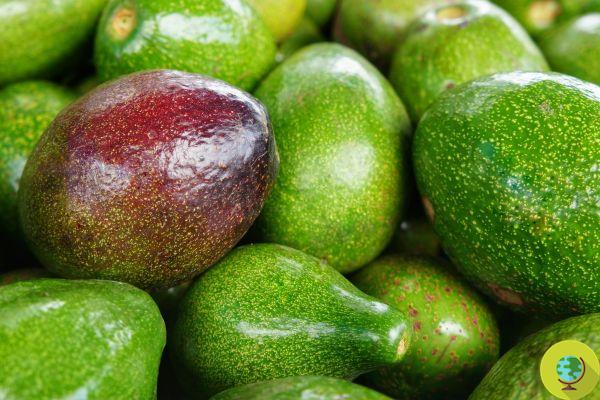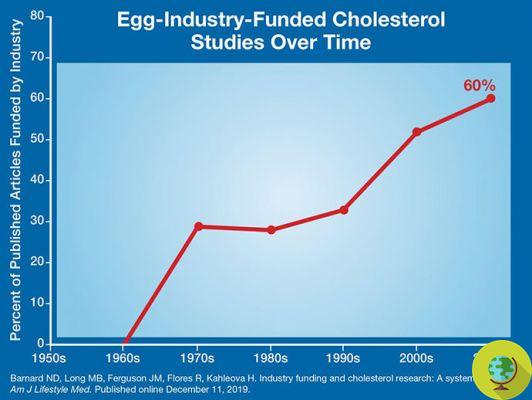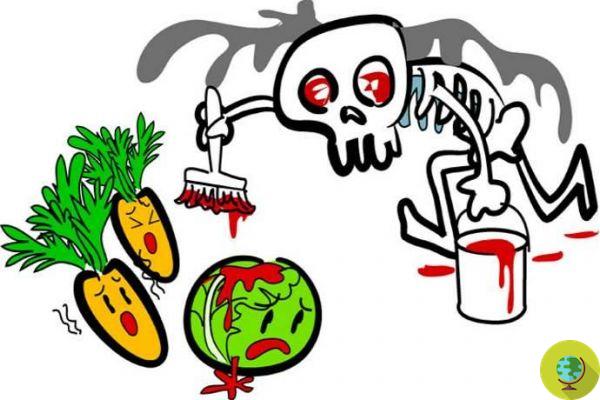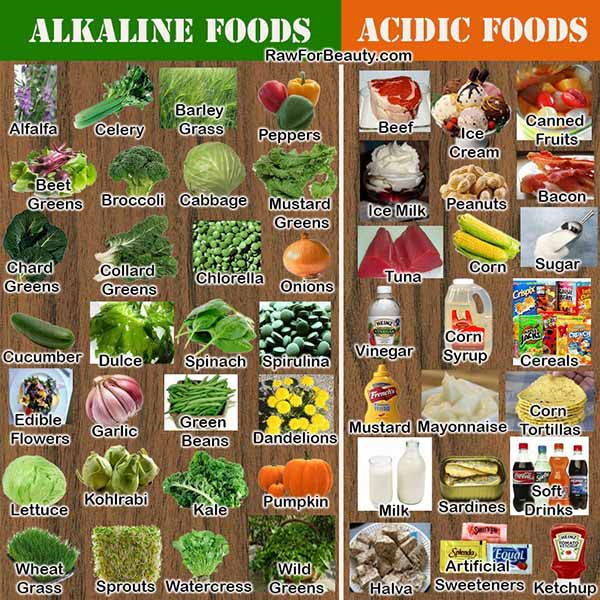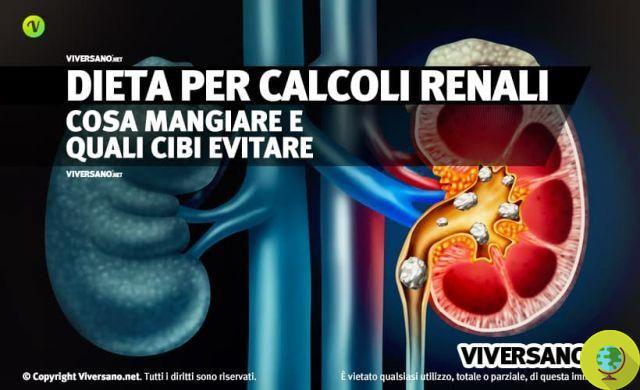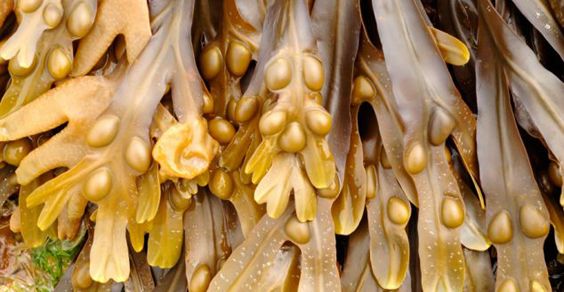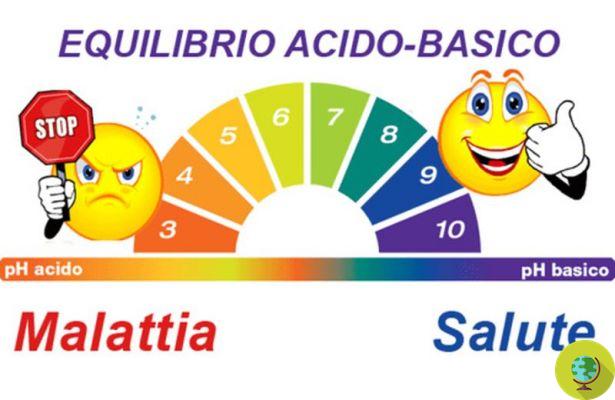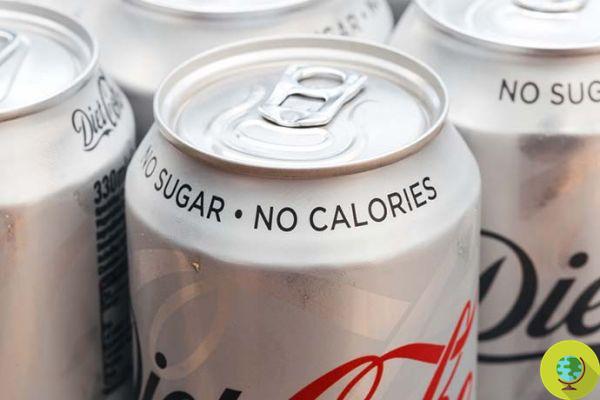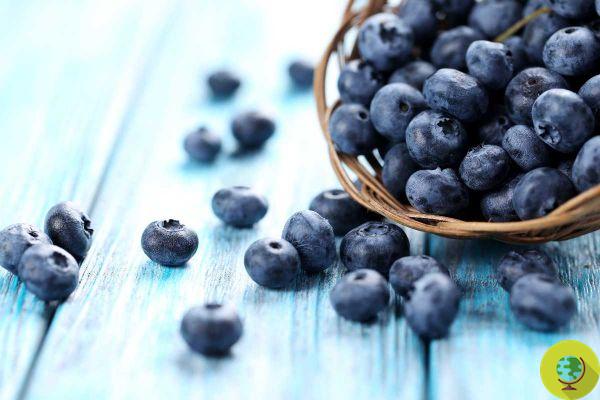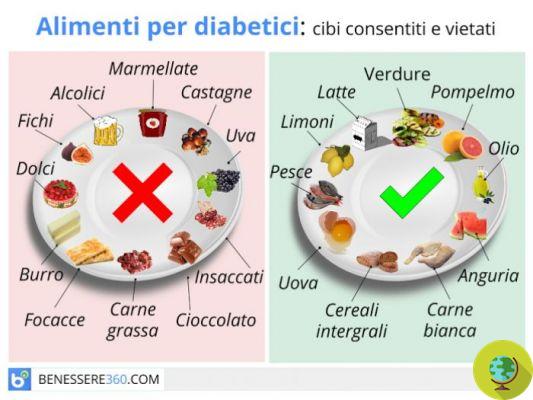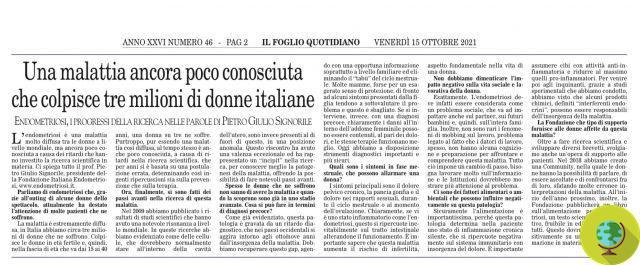
A small observational study found that the higher the levels of polluting chemicals in the blood, the higher the risk of celiac disease.
Don't store avocado like this: it's dangerousAmong the disadvantages of being exposed to pesticides and other toxic substances found in food and everyday objects, such as non-stick pans, there would also be a greater risk of celiac disease for young people. To say a new study.
What is the link between celiac disease and common chemical pollutants to which we are all more or less exposed? A new study from NYU Grossman School of Medicine that analyzed the levels of toxic chemicals in the blood of 30 children and young adults, aged 3 to 21, who had recently been diagnosed with celiac disease at Langone Hassenfeld Children's Hospital in New York.
The test results were then compared with those of 60 other young people of similar age, gender and ethnicity. The small observational study was thus able to highlight that high levels of toxic chemicals in the blood match also at a greater risk of celiac disease. Specifically, young people with higher serum concentrations of the pesticide dichlorodiphenyldichlorethylene (DDE) had double the risk of developing celiac disease.
The study also found that they existed gender differences as to the greater celiac risk related to toxic exposures. For females, who account for the majority of celiac disease cases, higher-than-normal exposure to pesticides meant they were at least eight times more likely to develop the disease.
But that's not all: young women with high levels of chemicals known as Perfluoroalkyl substances (PFAS) found in some non-stick pans, as well as Teflon, were five to nine times more likely to be celiac.
Young males, on the other hand, were twice as likely to be diagnosed with the disease if they had high blood levels of fire retardants. diphenylether polybromurati o PBDE.
One of the study's authors, health epidemiologist Leonardo Trasande, a professor at NYU Langone, says more studies are needed to show that these toxic chemicals are indeed a direct cause of celiac disease. But he also pointed out that all the offending substances are known to disrupt the levels of human and animal hormones, which are essential for controlling both sexual development and the immune defenses against infections.
Previous research has suggested that the origins of celiac disease, which affects one in 100 adults worldwide, were largely genetic and passed down from parents to children. But as the study's senior researcher Jeremiah Levine, a pediatric gastroenterologist said:
"Our study establishes the first measurable link between environmental exposure to toxic chemicals and celiac disease. These findings also raise the question of whether there are potential links between these chemicals and other intestinal autoimmune diseases, all of which deserve careful monitoring and further study. "
We already told you about a previous study that found a possible link between pesticides (in this case Roundup) and the increase in gluten intolerances.
Roundup, Monsanto's pesticide may be causing the rise in gluten intolerances
Sources of reference: Environmental Research / Medpage
Read also:
- Celiac disease on the rise: the unusual symptoms of "chameleon patients"
- Celiac disease: symptoms in adults and children




